Browse
Politics
Teaching
Source Collection: Pennsylvania Newspapers React to Refugees from Haitian Revolution
These newspaper articles report on the influx of the white and Black refugees fleeing Haiti during the Haitian Revolution of 1791 to 1804.
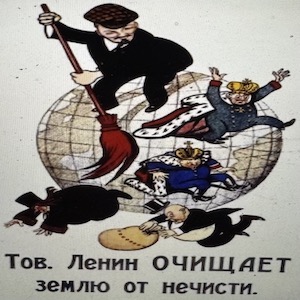
Review
Seventeen Moments in Soviet History
The site provides a cross-section of the Soviet world at seventeen different historical junctures. It covers political, societal, cultural, and economic issues enabling users to experience each given time that an ordinary Soviet citizen would have encountered.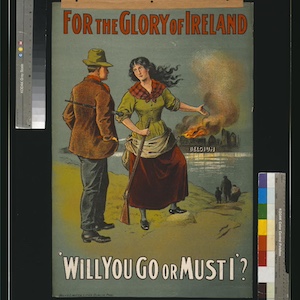
Source
For the glory of Ireland

Source
Apolitical Intellectuals/ Intelectuales Apolíticos
Otto Rene Castillo wrote the poem “Apolitical Intellectuals” in 1967 in response to the Guatemalan Civil War, which lasted from 1960-1996.
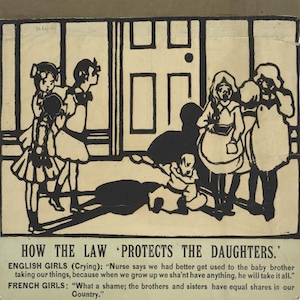
Source
Suffrage Atelier Postcard, 1909
This propaganda postcard titled "How the Law ‘Protects the Daughters'" can be used to study European suffrage movements.

Review
Teaching Central America
Teaching Central America provides educational materials for K-12 educators with the goal of centering Central American history and culture in primary and secondary classrooms.
Review
Girl Museum
The Girl Museum makes important interventions by placing girlhood more squarely into the teaching of history, literature, culture, and arts on a global scale.
Review
Archives Portal Europe
This website presents records from dozens of countries, in over 20 languages, and from around 7000 diverse archival institutions total including the national archives of dozens of countries and other smaller institutions.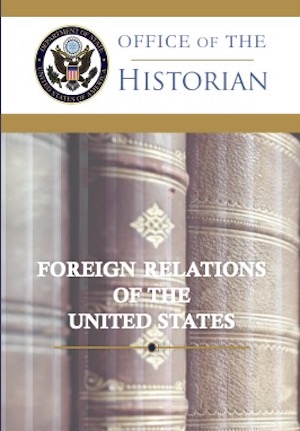
Review
The Foreign Relations of the United States Series
The Foreign Relations of the United States series contains the transcriptions of historical documents related to significant official U.S. foreign relations events.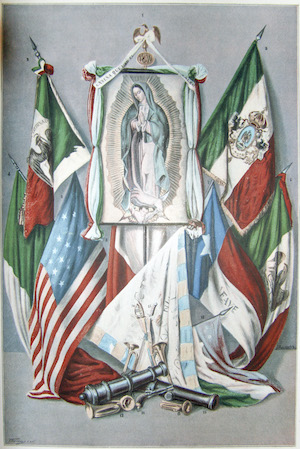
Review